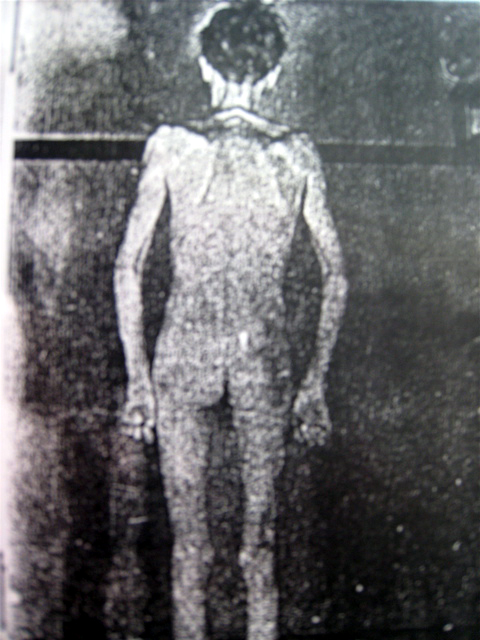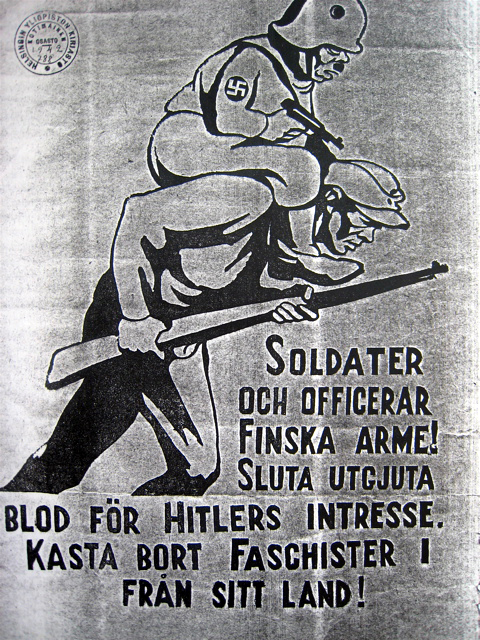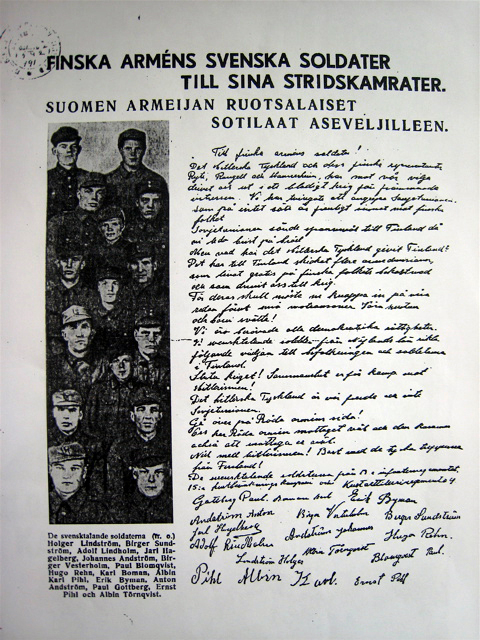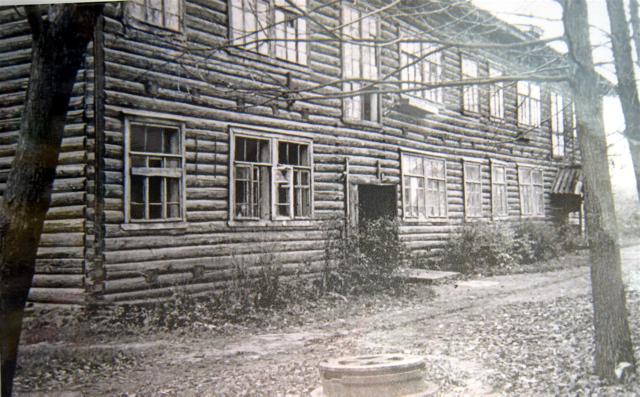Finland: Finnish Soldiers as Captives of Stalin and Hitler
You will find more examples of political imprisonment at our website soon. We are going to adress all our partners with a brief introduction of their experience with this term. Let us start with Finnish war prisoners imprisoned in USSR:
During the Word War II (including the so-called Winter War between 1939-1940) the Finnish solders were captives of the Soviet Union and Fascist Germany.
The Finnish army was fighting against the Soviet Union alone between 30 November 1939 and 13 March 1940. The Soviet Union attacked Finland, because Stalin and Hitler had made agreement, which gave the liberty to Stalin to unite Finland to the Soviet Union. During the so-called Winter War approximately 600 Finnish solders were in captivity in Russia.
During the years 1941-1944 (the Continuation War, the second war fought between Finland and Soviet Union during the World War II) there were about 3 500 Finnish solders in the Soviet labour, transport and hospital camps. Finland made a separate peace in September 1944 with Russia. A considerable number of Finnish solders were repatriated during the year 1944, and the last time solders were repatriated was at the end of 1950s. However, what happened to many of the POW´s still remains unknown.
Finland fought against Fascist German troops in Lapland from September 1944 to April 1945. During the battles in Lapland tens of Finnish solders were sent to the POW camps of Hitler's Germany.
In the Soviet Union, solders were interrogated repeatedly. Interrogation records were filed, and records followed solders to other camps during transportations. Russians also photographed some of the solders that were captivated.
The Word War II was an ideological war between Communism and Fascism. The war propaganda had a huge role and it proofed to be very forceful. The Russians were very skilful in forging documents for propaganda purposes. For instance, group pictures of POW's were usually made in laboratories. Most of the texts of the propaganda leaflets were written or controlled by NKVD commissars.
When repatriated to Finland, the Finnish solders weighed around 38-52 kg. According to the POW's, they were forced to work every day regardless of their physical condition. Many of the POW camps of the Soviet Union acted as economical enterprises. This is why they had to ‘produce' and sell products to get money to pay the POW's food.
However, the Soviet propaganda did not work very well. During the Winter War they failed to convince the Finnish solders that a Communist society would be better than the Finnish western style social order.
During the years 1941-1944 the purpose of the Soviet propaganda in the Finnish frontline was to declare that the Finnish government and the military officials were Adolf Hitler's servants. Finnish solders did not believe that.
The Russians also produced propaganda in Swedish because there is small Swedish-speaking minority in Finland. Solders from the Swedish-language minority were also fighting in the frontline against the Soviet Union together with the Finnish-speaking solders. They shared the same motive in fighting as the Finnish-speaking solders, i.e. to get back the Karelian Isthmus and cities such as Viborg and Sortavala, which Stalin had occupied after the Winter War.
Author: Timo Malmi, Researcher of Finnish Prisoners of War




